? Ask us your questions
Share on social networks
TO KNOW MORE
Child Growth and Development
The goal of nutrition in children is not only to meet current needs, but also to promote normal growth and development to become a healthy adult. Growth is related to child’s increased mass, while development consists in obtaining greater capacity in their body systems through maturation, differentiation and integration of functions. Maturation comprises four major areas: dental, bone, psychomotor and hormonal.
In order for children’s growth to develop according to their age, it is essential to have an adequate diet and food supplements, as well as to manage energy expenditure at each stage of development. This energy expenditure (EE) consists of three components: the EE for maintenance, which is the energy consumed to maintain organic functions at rest, on an empty stomach or when awake; the EE for physical activity, which depends on the intensity and duration of exercise, and the EE for growth, which refers to the energy needed for development. The balance between these factors and external agents (such as health conditions, increased intellectual activity) will determine caloric intake.
Sources: Alonso Álvarez, 2007 Manual Práctico de Nutrición en Pediatría-AEP; Cusminsky, 1994 Manual de Crecimiento y Desarrollo del Niño-OPS
Refrances
- Andrews PL & Hawthorn J. The neurophysiology of vomiting. Baillieres Clin Gastroenterol. 1988; 2(1): 141-68.
- Azpiroz F. Intestinal gas dynamics: mechanisms and clinical relevance. Gut. 2005; 54(7): 893-5.
- Boron, WF, et al. Medical Physiology, Edition 3. 2016.
- Hall JE & Hall ME. Guyton and Hall Textbook of Medical Physiology, 14th 2021
- Katz PO, et al. ACG Clinical Guideline for the Diagnosis and Management of Gastroesophageal Reflux Disease. Am J Gastroenterol. 2022; 117(1): 27-56
- Talley NJ. Functional Dyspepsia: Advances in Diagnosis and Therapy. Gut Liver. 2017 May 15;11(3):349-357.
- Your Digestive System & How it Works. [Internet]. Bestheda: NIH Natrional Institute of Diabetes and Digestive and kidney diseases; [Updated Dec 2017; consulted May 2025]. Available at https://www.niddk.nih.gov/health-information/digestive-diseases/digestive-system-how-it-works









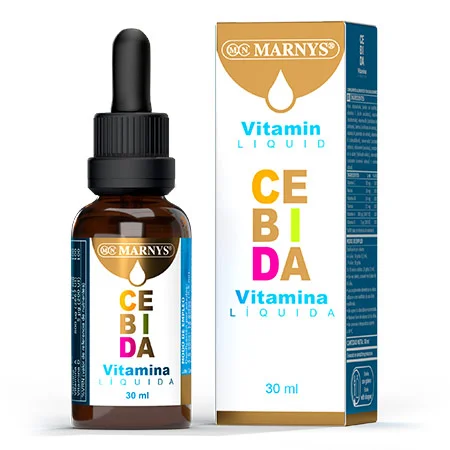

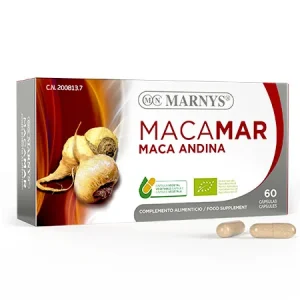
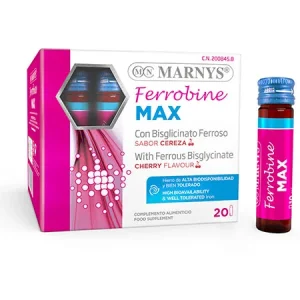
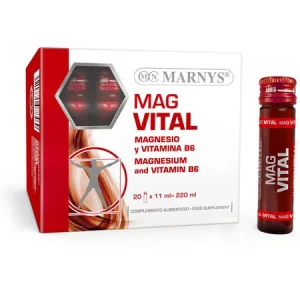















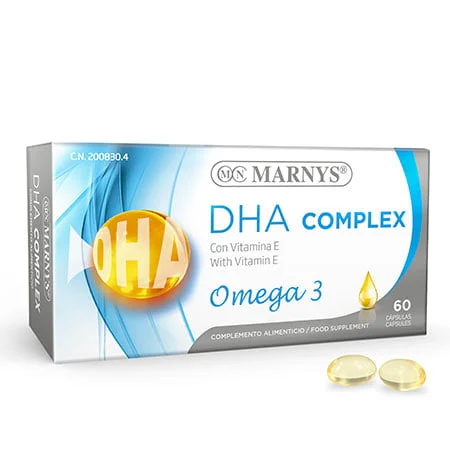

Reviews
There are no reviews yet.